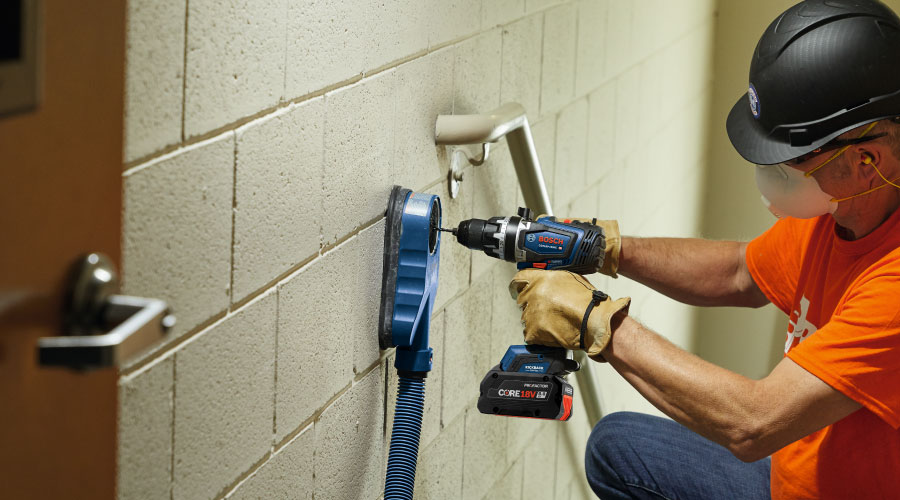Maintenance Requirements for Uninterruptible Power Supplies
Frequent testing of UPS equipment will help identify problems and minimize devastating power interruptions. For larger systems, managers should specify a maintenance bypass switch, which will allow technicians to test and, if needed, replace UPS components while the unit still provides power to critical loads.
Many newer UPS also feature advanced monitoring systems that provide system status for items such as system voltage, battery back-up time, and battery test schedules. Other monitoring components include whether the UPS is operating on batteries, utility power or maintenance bypass.
If a manager decides to have qualified in-house technicians test and maintain the UPS equipment, these individuals should understand and adhere to requirements of the National Fire Protection Association (NFPA) 70E, Electrical Safety in the Workplace. Whenever UPS testing occurs, the technicians should place the system into bypass mode or transfer the load to the redundant system, if design allows.
Technicians also must take caution when maintaining the equipment to prevent an unscheduled outage. The technician should be familiar with equipment, manufacturers' testing requirements, specifications and safety precautions.
Greg Livengood is a principal at Sparling, an electrical engineering and technology consulting firm with offices in Seattle, Portland and San Diego.
Related Topics:

















